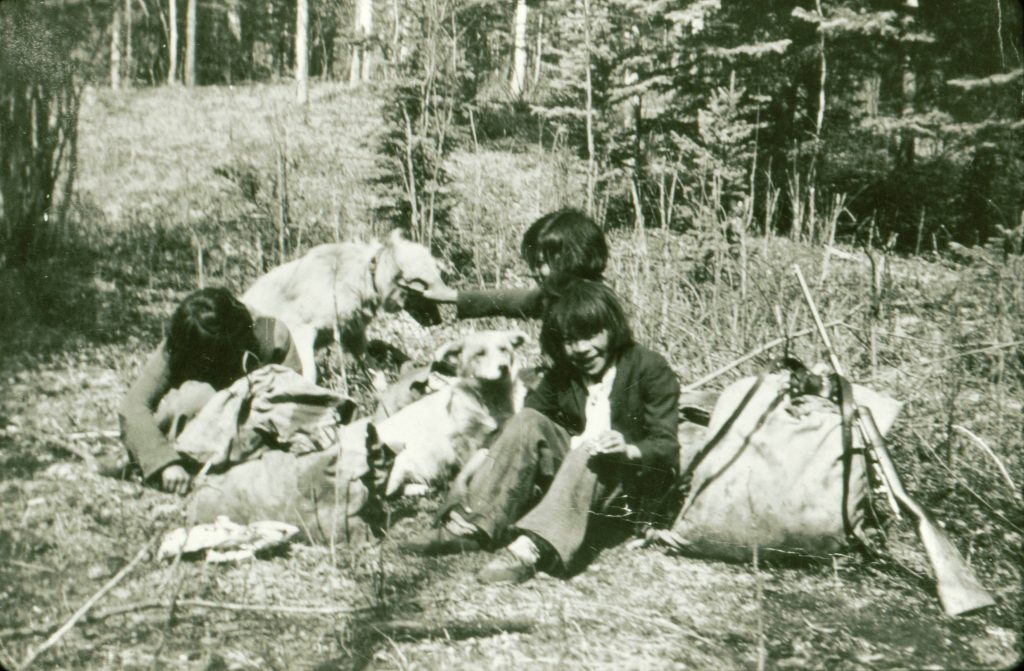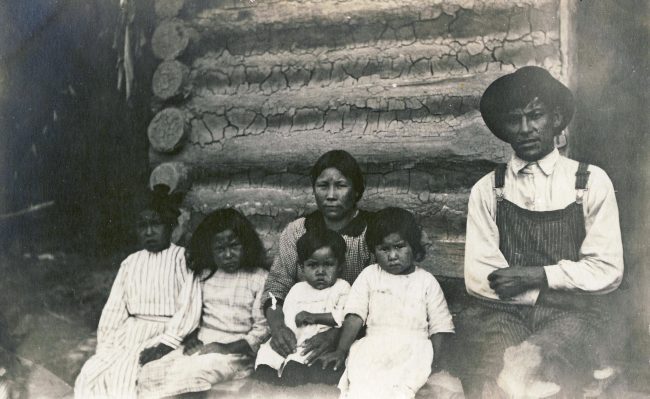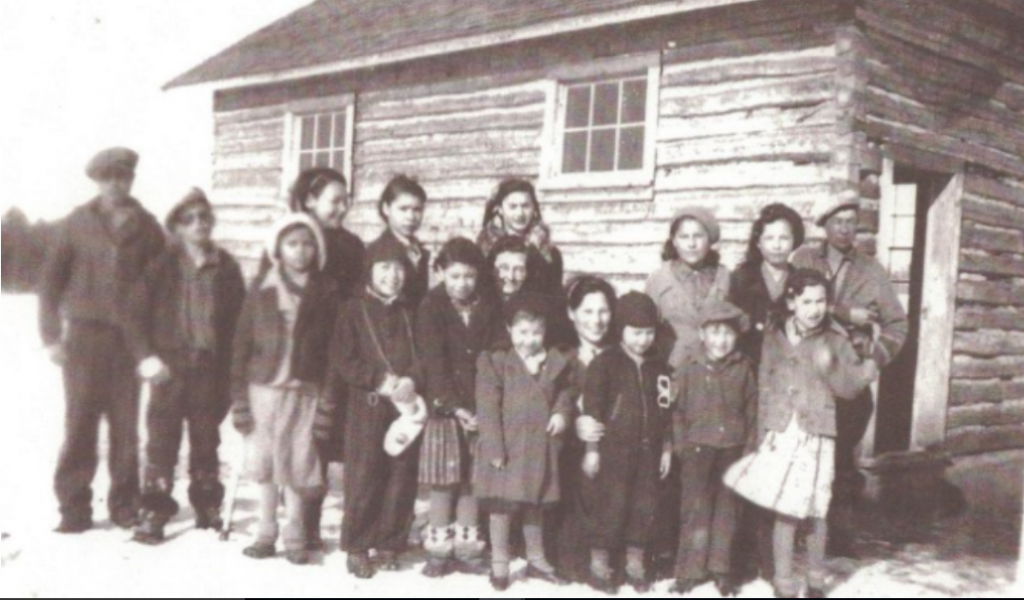Traditional Learning Versus Residential Schools
Prior to the establishment of the school system, parents taught their children through Indigenous knowledge in their daily living in the bushland.
Children learned firsthand about governance as they watched the Elders, men, and women gather to discuss community matters.
Peace and order were maintained through consultation among the community, and women’s voices were important in considering the final decisions of the group.
The introduction of a patriarchal school system through the church was in tension with the traditional matriarchal or more communal system. The newly constructed society nullified the traditional position of women.
Schools run by the church, known as residential schools, took children away from their families, disrupting the natural authority of parents to socialize with their children. Women advocated for changes to eradicate the systemic racism experienced by Indigenous people.
Several of the Women of Nistawoyou experienced the residential school system and became champions for change. They advocated for improvements to the education and welfare of Indigenous children and youth.
The revelations of residential schools created two reactions: to some, it was a lesson learned and necessitated attempts to overcome challenges for changes. For many, it remains a horrifying nightmare and a source of emotional entrapment stemming from their childhood.




